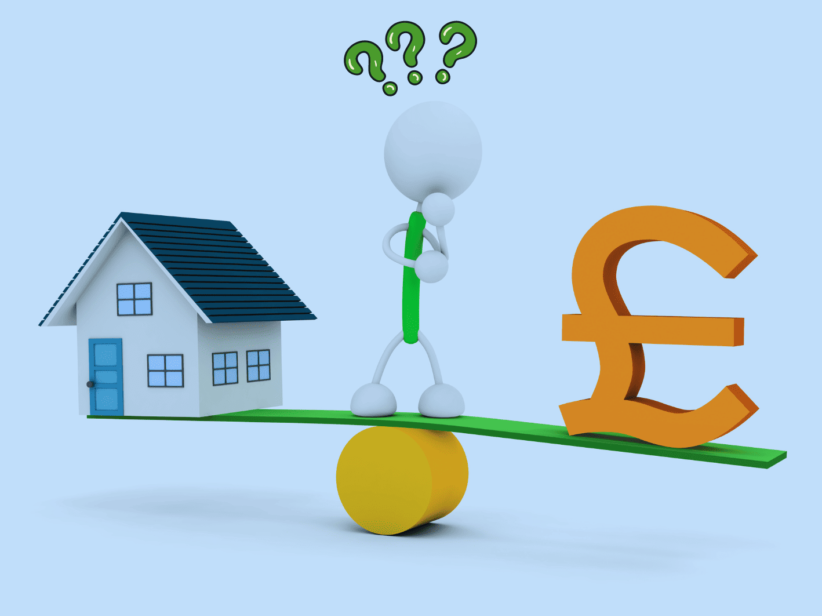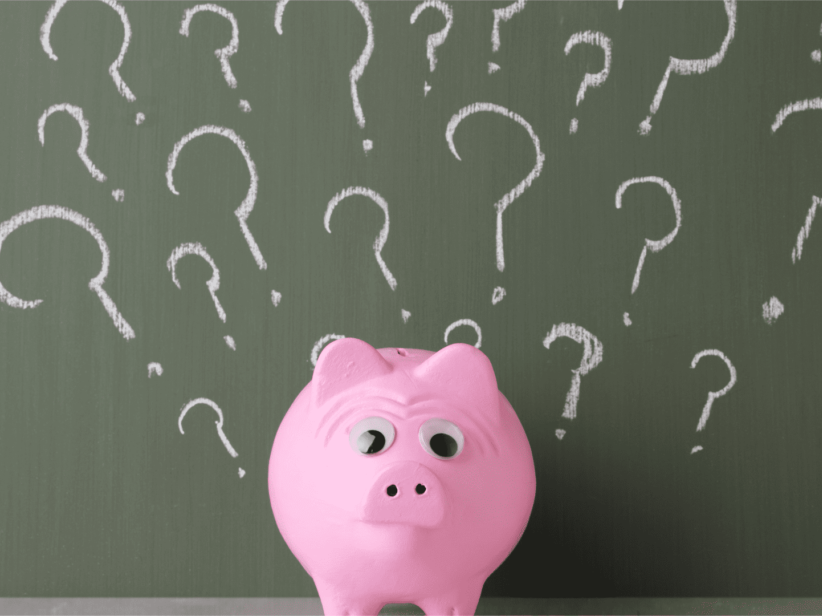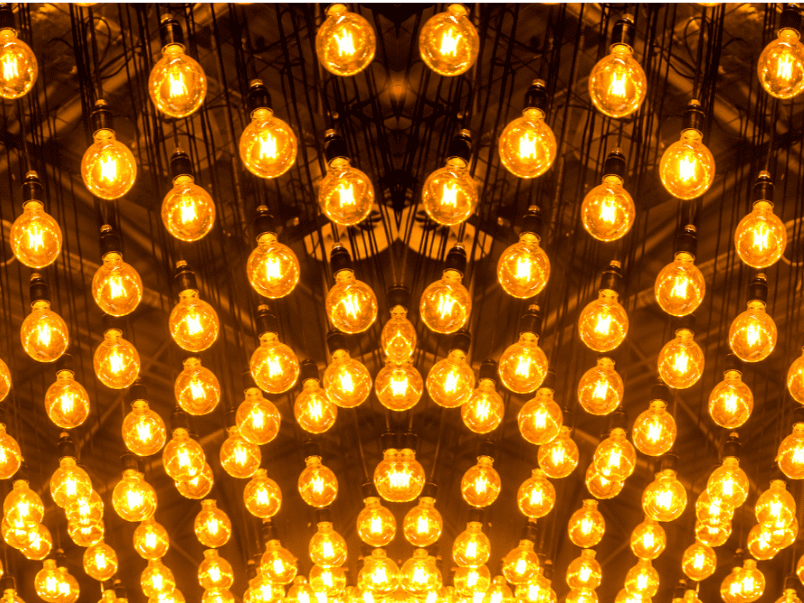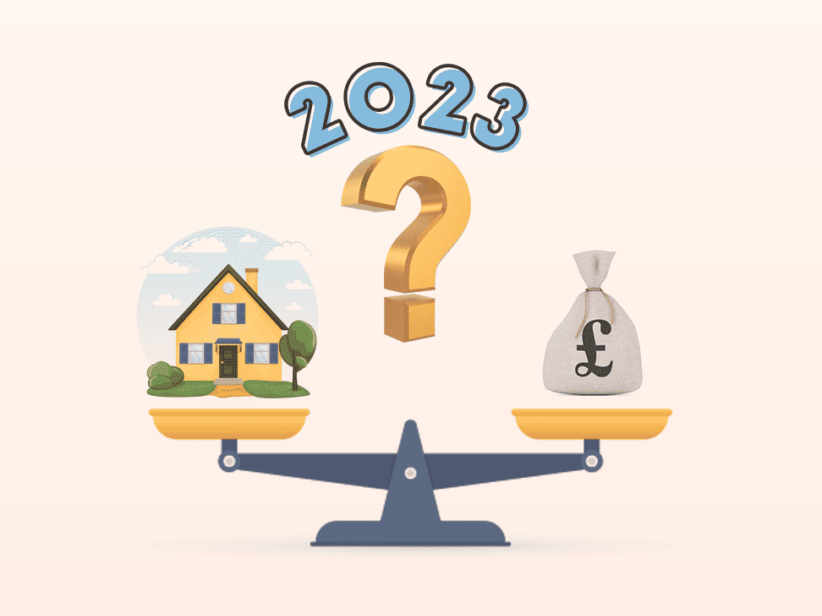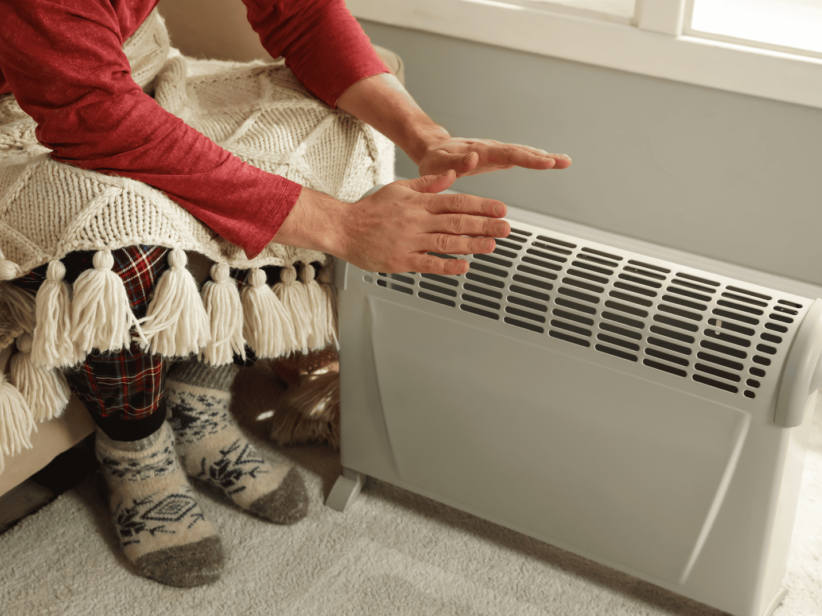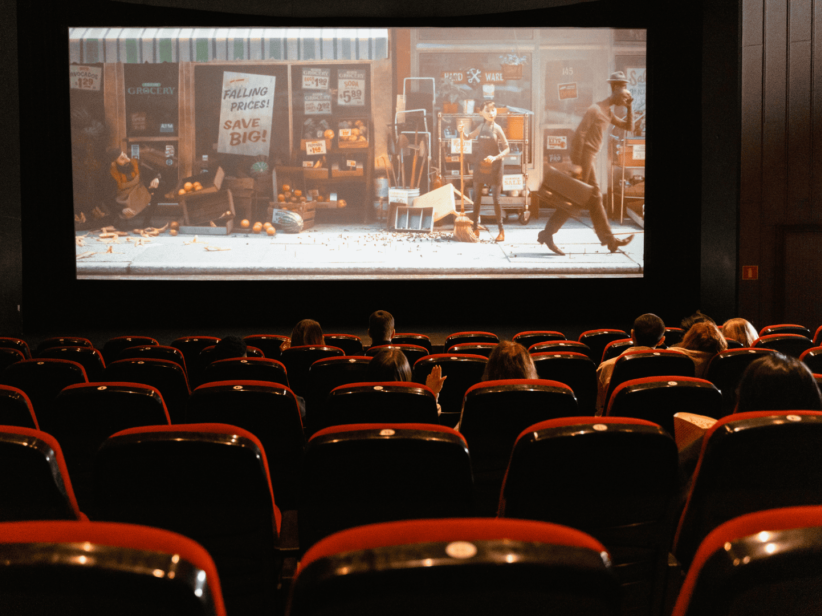Is lighting expensive?
As a child of the 50’s, I was brought up with a belief that lighting was a necessary evil… I’m sure you too will have heard your parents regularly exclaim, when entering a well-lit a room, “it looks like Blackpool illuminations in here”… In my case, it didn’t matter whether you were in fact occupying that room, leaving the lights on, was always seen as deviant behaviour, particularly during daylight hours….

So it is deeply ingrained into us older folk, that electric lights are very bad things, they’re probably unnecessary and cost a fortune to run! And in fact, this wasn’t too far from the truth… these older incandescent bayonet bulbs, did use a shed load of electricity – their brightness was measured in watts with the most common burning a massive 100w every hour. So my parents, rather annoyingly, were in fact right. A single 100w light left on could use as much as 2kW of energy per day and when several lights were left on, this could soon mount up and become a significant cost in any household budget…
What about energy efficient light bulbs?
The problem today is that while lighting technology has moved on in leaps and bounds, our mindset hasn’t necessarily kept up…. In some ways, this is understandable as what initially replaced the Incandescent bulb, was halogen and while this was considerably better technology from an energy perspective, they were only about half as efficient as the older incandescent technology, a single bulb more often than not still used 40 or 50w every hour they were left on.
Unfortunately, while incandescent bulbs have been largely phased out, many folk still use halogen bulbs particularly as spotlights and downlighters in kitchen and bathrooms – if you’re not sure if you still have halogen bulbs in your house, just check if they emit significant heat – if they do, they’re almost certainly halogen rather than LED technology. The only minor positive about both incandescent and halogen bulbs, is that on top of providing light they can also help heat a small space – I know it seems bonkers, and it’s not recommended, but all that energy has to go somewhere and in this case it’s released as heat!
LED bulbs to the rescue!
Over the last ten years we’ve seen LED (light emitting diode) technology become more commonplace – initially they struggled to gain popularity, while they were miles more efficient than halogen bulbs, LEDs were often perceived a costly upgrade. What didn’t help, is that the early government funded schemes designed to encourage the replacement of incandescent and halogen bulbs. These early curly bulbs and chunky bulbs, while efficient in terms of energy usage, were ugly and very dim making the spaces they lit, seem dark and dingy. Thankfully through technology improvements, competitive pressures and economies of scale, LED bulbs have become more affordable, to the extent that now you can buy an E14 (small screw) 250 lumen bulb, from the likes of IKEA for £2. While 250 lumens is only the equivalent of 25 watts, because of the nature and whiteness of LED light, it punches well above its weight in terms of equivalent wattage…. More importantly, it uses a measly 1.8w per hour – therefore, you could have over fifty of these low wattage LED bulbs, to just one 100w incandescent bulbs.

So how much does it actually cost to leave the lights on? Even if no-one is home!
Let’s consider the cost of lighting an average three bed home containing thirty low energy LED bulbs of say an average of 5w per bulb.
Let’s turn them all on, which while unlikely, helps to demonstrate the point. With all these lights turned on at their full brightness (not dimmed) the total electricity usage is 150w, and it will be like the preverbal “Blackpool Illuminations”
Say we left these on for 12 hours, we would use 1.8 kilowatt-hours (kWh).
At the current 34p capped rate (Feb 2023) these thirty LED bulbs would cost 61p a day to power, so over a month would be £18.
Now I’m not suggesting that you leave on thirty lights all day, every day, for a month, that’s mad! But hopefully you get the point… Most people light the room they are in and even with five or ten bulbs on at any one time, the cost would be maybe 20 or 30p over a full day, which for most of us isn’t a huge issue…
As I’ve stated in other blogs, it’s not that we should ignore or discount the small cost of running modern electrical appliances. It’s just that in the grand scale of things, the cost of powering consumer devices including lighting, is actually pretty minimal and if we’re not careful, will distract us from what should be our mission, which is identifying the energy hogs in our homes – those devices and activities that do seriously impact our budgets and figuring out options for cost savings through alternatives or replacement.
So, I guess the question we need to ask ourselves in 2023, 50 years on from being lambasted by my parents for my wasteful habits is, should lighting still be considered a bit of a luxury in our homes, or can we take a more enlightened view (pun intended!!) and indulge in our passion for well lit, airy spaces….
I think we would all agree that carefully chosen mood lighting makes the spaces we live in more inviting and in so doing improves our mood and mental health – now in my eyes that can’t be a bad thing!




